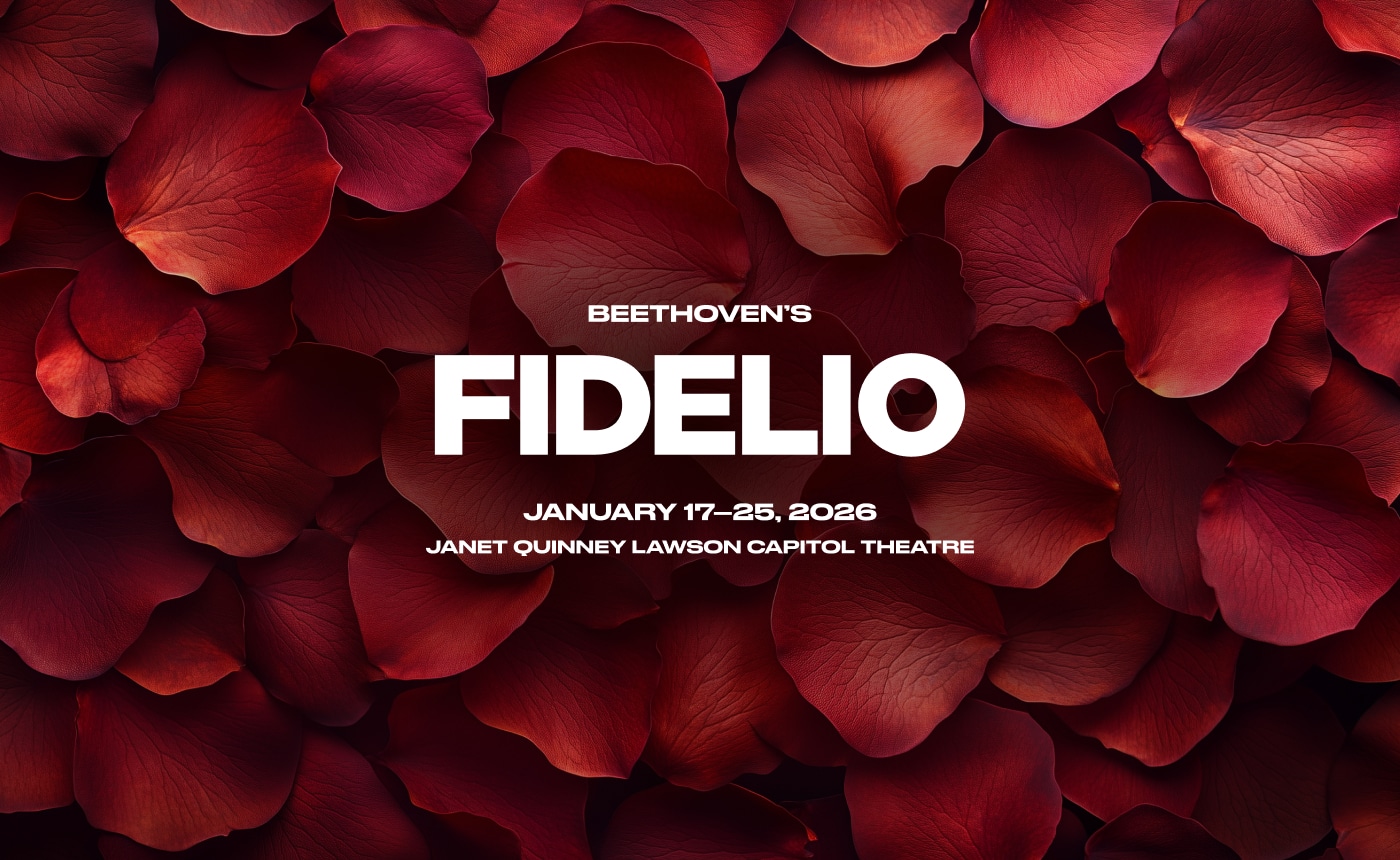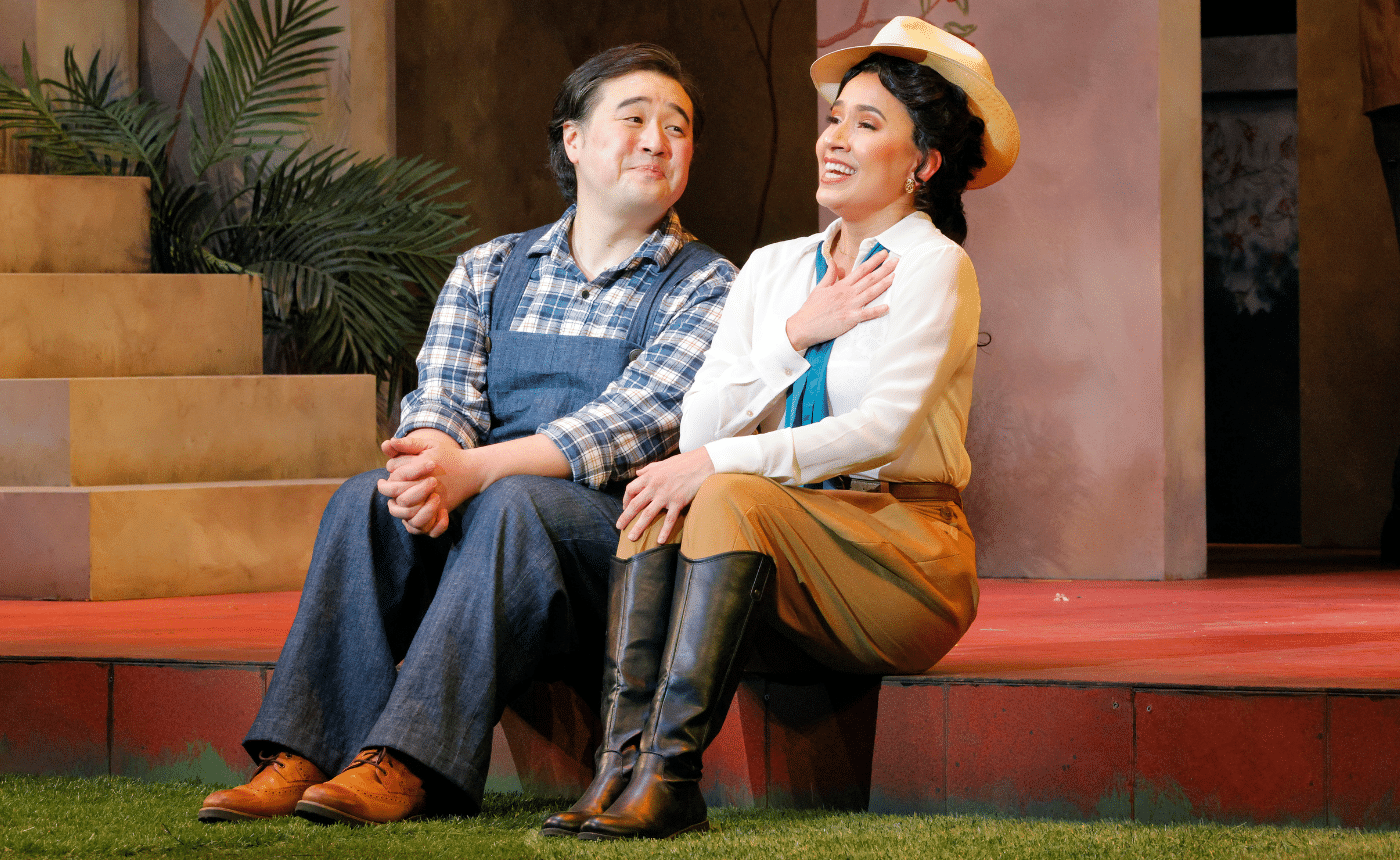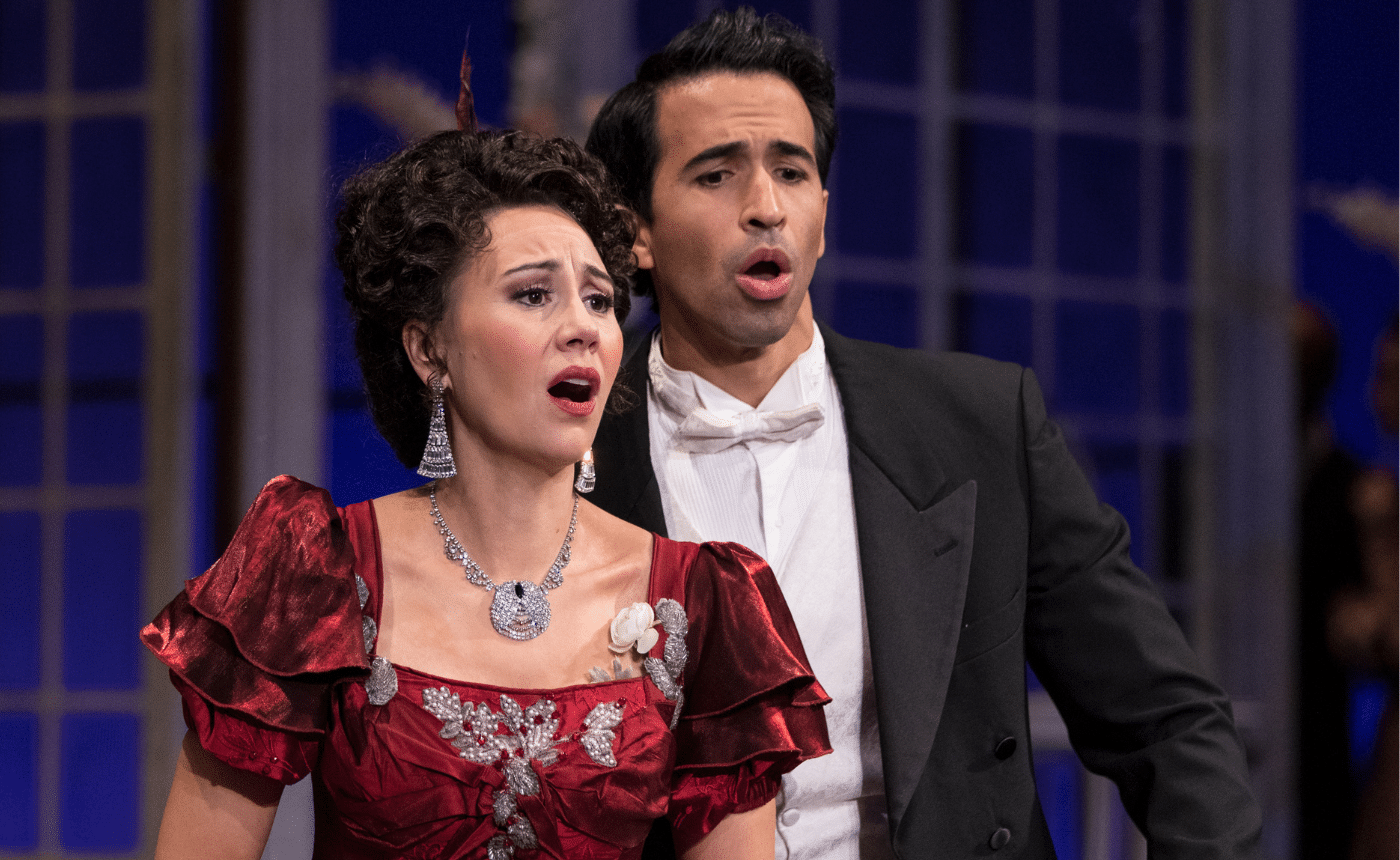The ShiningGenesis of the Opera
by Dr. Carol Anderson
To tell the story of how The Shining came to the operatic stage requires a bit of background on its commissioning opera company. New works have been part of the mission of Minnesota Opera since its founding in 1963; the 2007 production of Ricky Ian Gordon’s The Grapes of Wrath (of which Utah Opera was a co-producer) led to the establishment of their New Works Initiative in 2008. This intense focus on opera creation has produced modern American classics such as Douglas J. Cuomo and John Patrick Shandley’s Doubt, Kevin Puts and Mark Campbell’s The Manchurian Candidate, and Kevin Puts and Mark Campbell’s Silent Night, awarded the Pulitzer Prize in 2012.
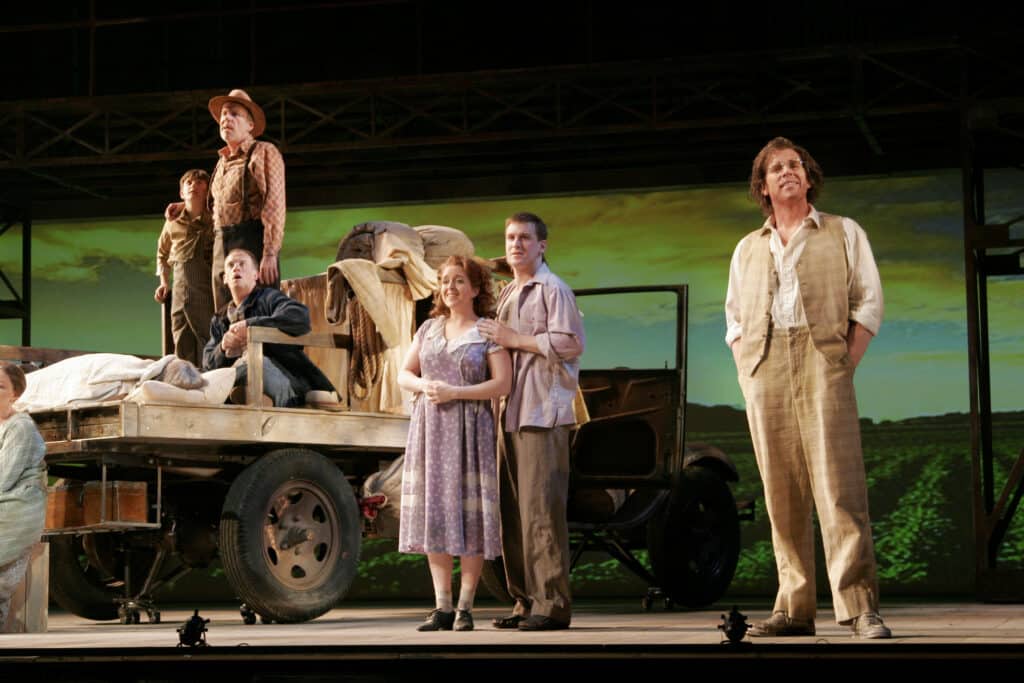
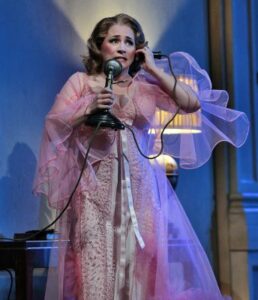
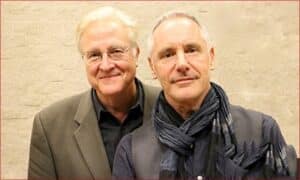
Dale Johnson, erstwhile general director of Minnesota Opera, attended the 2009 production of Paul Moravec’s opera The Letter at The Santa Fe Opera. Favorably impressed by Moravec’s operatic debut, Johnson approached Moravec about a commission for the New Works Initiative. They brainstormed ideas, including a setting of Rosemary’s Baby, but nothing felt quite right. Johnson and opera director Eric Simonson, who had worked on several Minnesota Opera premieres, had thought of The Shining as a subject, and Moravec latched onto that idea immediately. As he tells it, Moravec wrote an e-mail to Stephen King, and within twenty minutes received a positive response, “go ahead and get with my secretary and we’ll get going on this.” Stephen King had been famously displeased with Stanley Kubrick’s 1980 film adaption of his novel and required final approval of the libretto to ensure his original vision was honored.
Johnson suggested Mark Campbell as a potential librettist for the project. Moravec was already acquainted with him, as both artists worked in New York City, and after a one-on-one conversation, the partnership for the new opera was cemented. In his composer’s note to the opera, Moravec shared his belief that the novel, The Shining, “is naturally operatic: it sings. The story concerns three of the basic elements of opera: love, death, and power.” Though at first intimidated by the legacy of Kubrick’s 1980 adaptation, Campbell quickly agreed that The Shining would make great operatic theatre. He identified key moments in the story that propelled the action and would translate to the stage, condensing the months-long plot of the novel into a few weeks. This truncated timeline drives the action forward, with the second act taking place in a terrifying twenty-four hours. Less than twenty-four hours is also the amount of time it took, according to Mark Campbell, for Stephen King to approve his adaptation over Thanksgiving week of 2015.
At the heart of The Shining is a family in crisis, Jack, Wendy and Danny Torrance. The Torrances move to a remote luxury hotel in Colorado for a fresh start; Jack has been hired as the winter caretaker while the hotel is shuttered for the long mountain winter. With the family unit already teetering on the edge, it takes only a few weeks of isolation (or two operatic hours) for things to fall apart. Jack Torrance wants to be a good person, wants to do the right thing for his family, but is overwhelmed by the evil that lives in the Overlook Hotel. It was important to both Campbell and Moravec that Jack experiences a true character arc, unlike other adaptations that imply Jack is psychotic from the start. Moravec’s music ranges through a variety of styles to effectively illustrate the dramatic arc of the story, from tonal-adjacent to fully atonal. As the moral hearts of the story, Wendy and Halloran have arias that are lyrical and rooted in near-tonality. Jazz elements invade the work briefly in a creepy, cabaret style number reflecting the cursed past of the hotel. As Jack’s psyche unwinds into a downward spiral, the orchestra reflects the mounting chaos with increasingly violent outbursts of atonality.

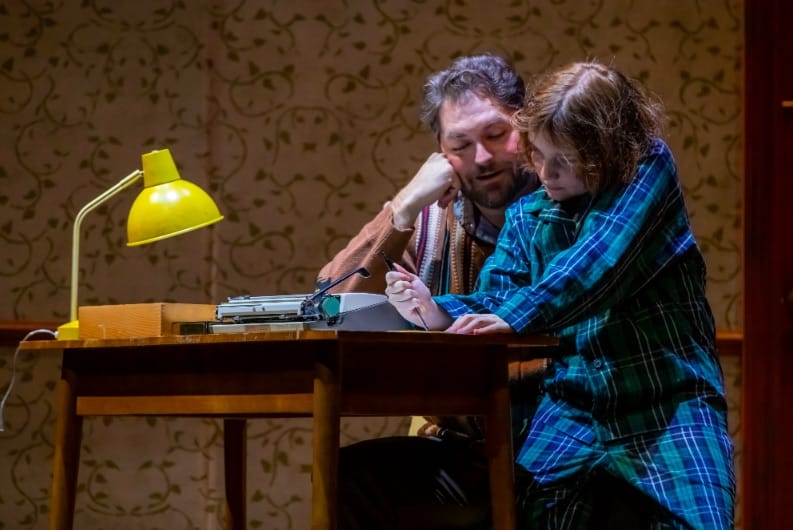
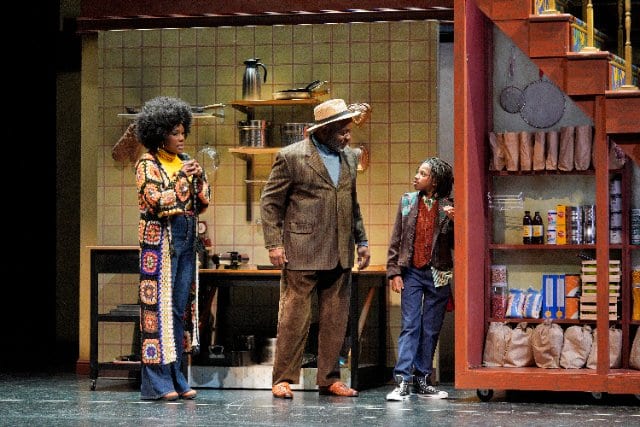
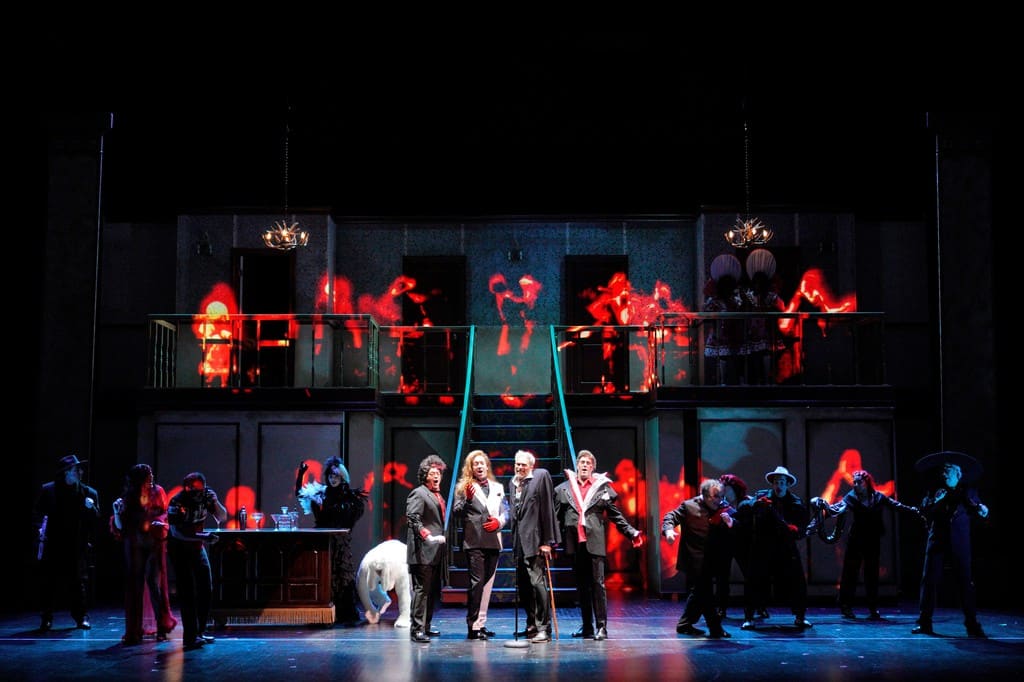
The Shining premiered on May 7, 2016, at the Ordway Theater in Minneapolis, and the entire premiere run played to sold-out houses. Critics praised the opera with phrases such as a “rich, multi-layered soundscape,” ”fully accessible to audiences new and old,” and an “unqualified success.” This unlikely marriage of pop-culture horror and high art results in a modern operatic masterpiece that is sure to appeal to devotees of the horror genre as well as the most devoted opera lovers.



